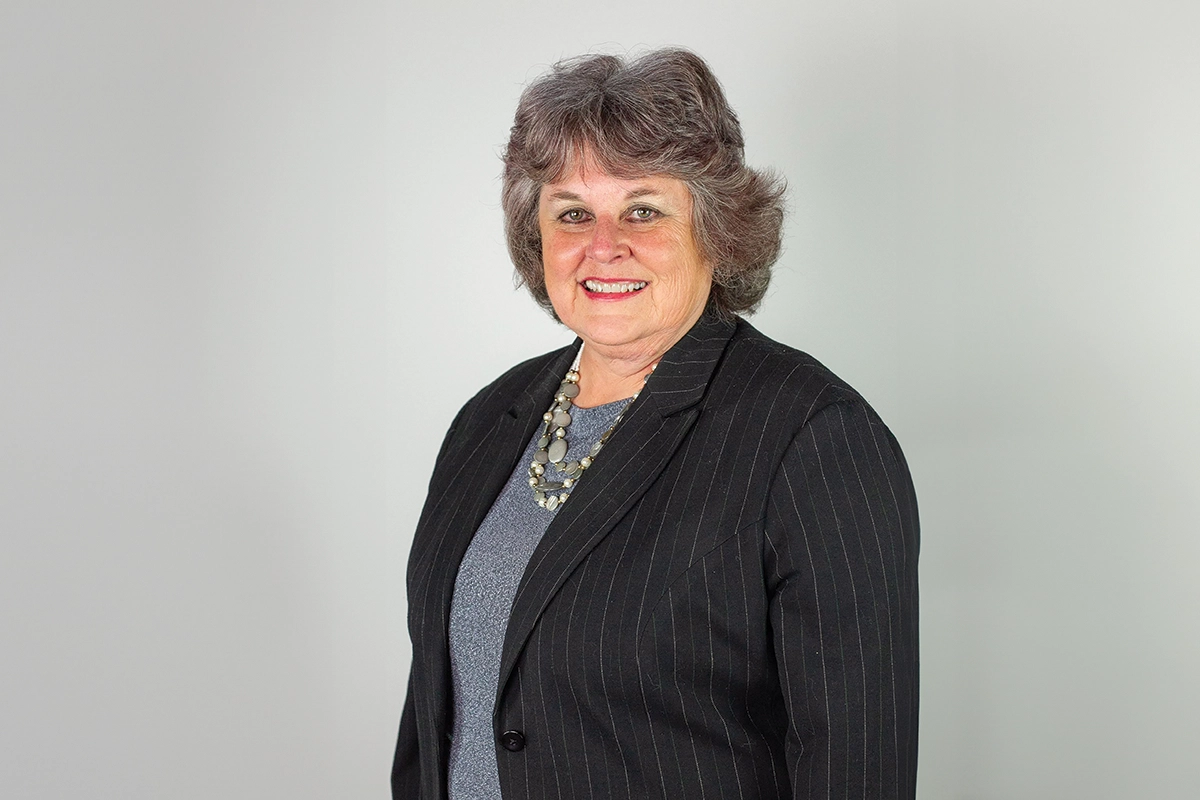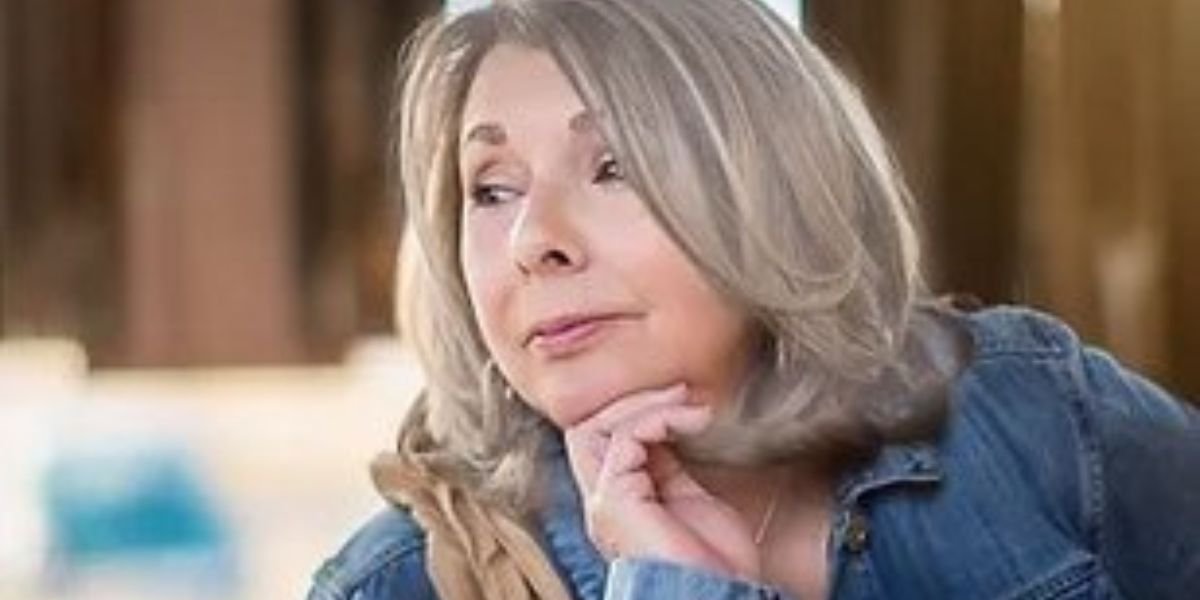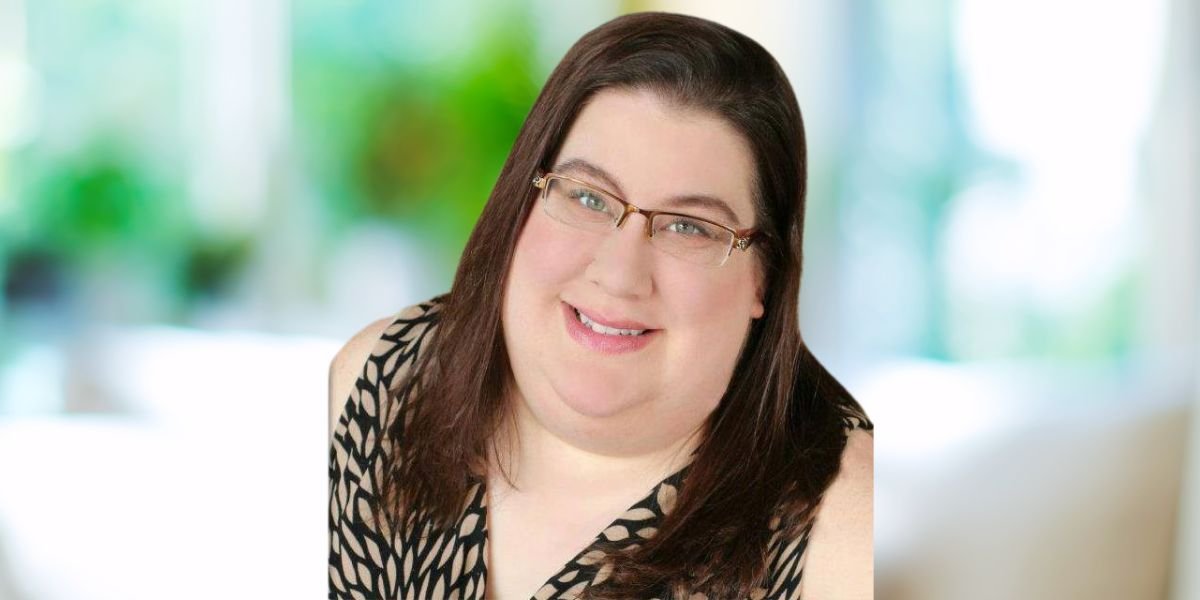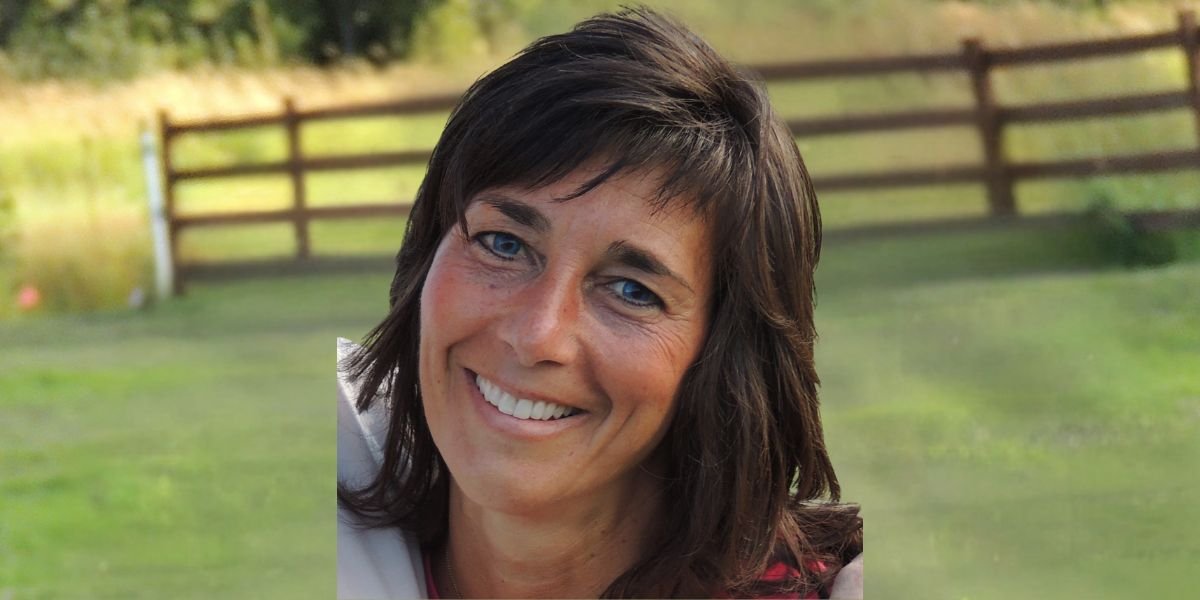Rachael Blakey – Freezing Moments

The Story Behind “Eye Drops”
Rachael Blakey discusses her transition from drawing to photography, her fascination with time and the macro world, and how her work has been recognized by prestigious outlets like National Geographic.
Rachael Blakey is a visionary photographer whose journey from the United Kingdom to Canada has been marked by a profound love for art and an exceptional talent for capturing the world through her lens. Her work is a testament to her ability to transform the ordinary into the extraordinary, revealing the hidden beauty in everyday moments. Rachael’s photography is not just about capturing images; it’s about telling stories and exploring the intricate relationship between time and the environment. Her unique perspective has earned her recognition from prestigious outlets such as National Geographic, where she was awarded the National Geographic Feature Editors’ Spotlight in 2019. Her work has also been featured by the BBC, CBC, and Canon (UK) Ltd., showcasing her versatility and skill in capturing a wide variety of subjects.
Rachael’s artistic journey began with pencil drawings, a foundation that has deeply influenced her approach to photography. Her ability to see the world differently, honed through years of drawing, allows her to use her camera as a paintbrush, creating visual narratives that evoke emotion and thought. Her acclaimed photograph “Eye Drops,” recognized by National Geographic, exemplifies her fascination with the macro world and her talent for revealing what is often hidden from the human eye. Rachael’s work is a celebration of the fleeting nature of time, capturing moments that will never happen again and preserving them for eternity. Her dedication to her craft and her continuous pursuit of creative excellence make her a true artist and a remarkable storyteller. You can explore more of Rachael’s captivating work on her website, www.rachaelskyphotography.com, and her Instagram, @rachaelb321.
Rachael, you started your creative journey as a pencil artist before transitioning to photography. How did this shift come about, and how does your background in drawing influence your approach to photography?
I found the relationship between drawing and photography have a strong connection. I am a visual story teller when I draw and learned to see things around me differently. It was a great way for me to transition to photography because when you draw you are learning about composition and light. I was particularly intrigued by shadows and how the light interacted with shapes around it. I want to convey a message with my photography, a visual representation of an idea, mood or emotion. With the skills I learned from my artwork, I can now use my camera as a paintbrush to paint the environment around me.
Your work, such as the “Eye Drops” photograph, has been recognized multiple times by National Geographic. Can you share the story behind this image and what it means to you personally and artistically?
I am honoured and humbled for the recognition from the National Geographic for my work titled “Eye Drops”. I am fascinated with the macro world that is hidden from human eyes. My goal with that particular photograph was to reveal what was hidden from people’s eyes, and in fact what was hidden were eyes reflected in water drops that I had carefully placed onto a metal spring. The title of the photograph is also a play on words. This photograph has recently found a home and is hanging on the wall of the IWK Hospital specialist eye clinic in Halifax, Nova Scotia, Canada.
You describe your photography as an “exploration of time” and its relationship with the environment. Could you elaborate on how time plays a role in your work, and how you capture that sense of temporality in your photographs?
I do see my photography as an exploration of time. The moment you take a photograph, that split second, that emotion, laugh, smile, tears or a gaze you capture will never happen again. As a photographer you can freeze that moment and preserve it. I find this particularly important when I am capturing people’s portraits, even more so when clients have asked me to do their photographs of loved ones who were ill. Being a photographer has also taught me to respect time, and realise how temporary certain things can be. Time is a journey and photography can freeze that journey and transport you to different places when you look at photographs.
With your work being published in prestigious outlets like National Geographic, BBC News, and featured in international exhibitions, how do you feel these opportunities have shaped your career and artistic growth?
I am very grateful and humble to be published and featured with various organizations. Having my work exhibited in Manhattan, New York was a dream come true for me. It has certainly increased my confidence as a photographer, but I am still quite self critical of my work. I always think it could be better, so I tend to push myself more creatively to come up with new ideas or different ways to photograph subjects.
As someone who specializes in Creative Fine Art Photography, what inspires your compositions, and how do you approach balancing creativity with technical precision in your pieces?
Trying to balance the creativity side of things with technical precision I find takes patience and a lot of trial and error. Finding a balance that allows my imagination to run without compromising the technical side of things requires continuous learning and the need to always want to do better.
An example of finding this balance between being creative and technical can be found with my photography series titled “Through a Rainy Window”. Through a Rainy Window, depicts street photography taken through windows with rain on. I enjoy capturing the play of light in the rain, the reflections of buildings and vehicles. The intrinsic nature of everyday life captured in the rain. But I find it challenging because of the environment I am working in, the rain.
I have also been able to find a balance with my photography due to having arthritis in both of my hands and both feet, which has actually made me even more driven and passionate about my photography.












